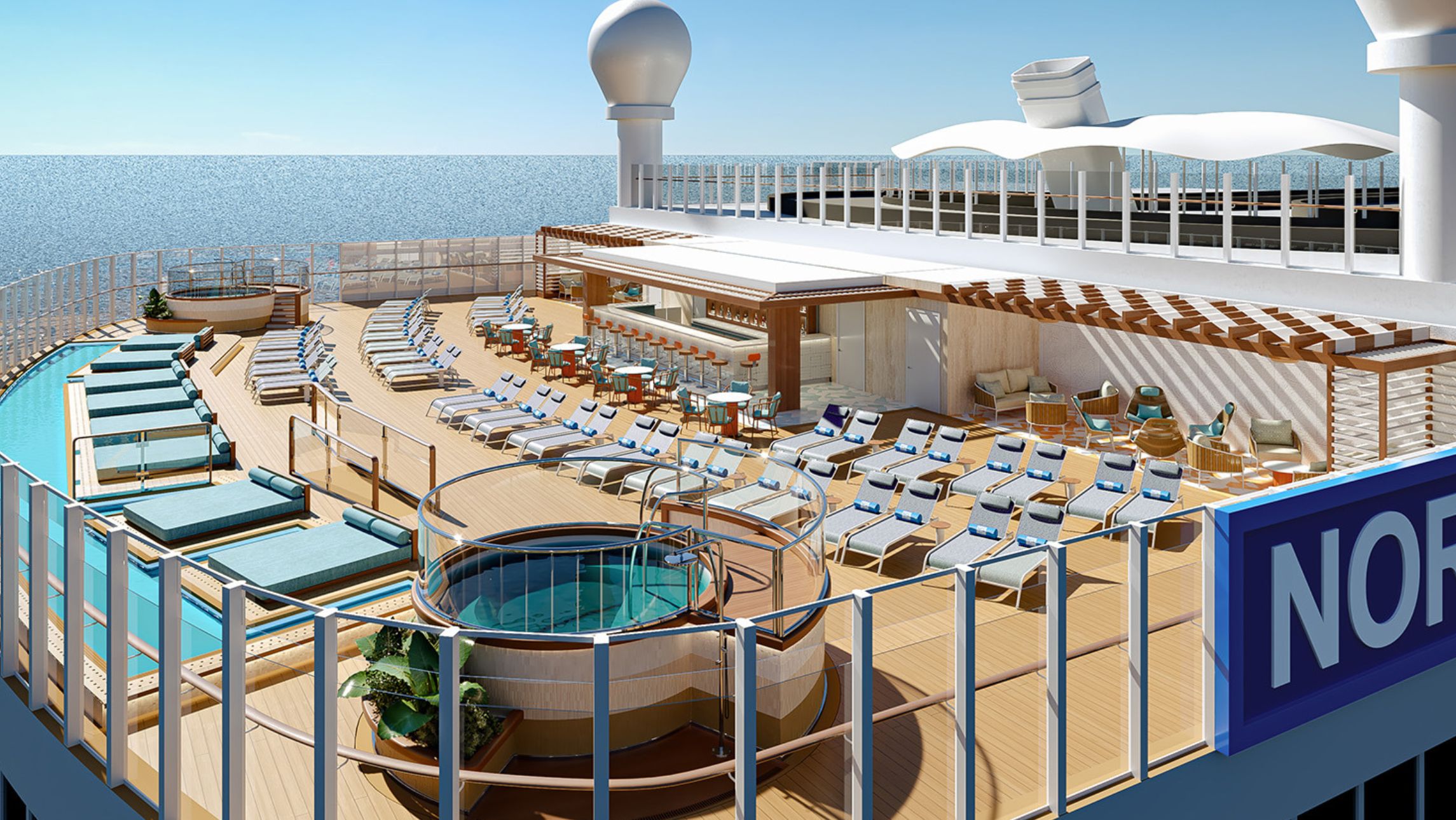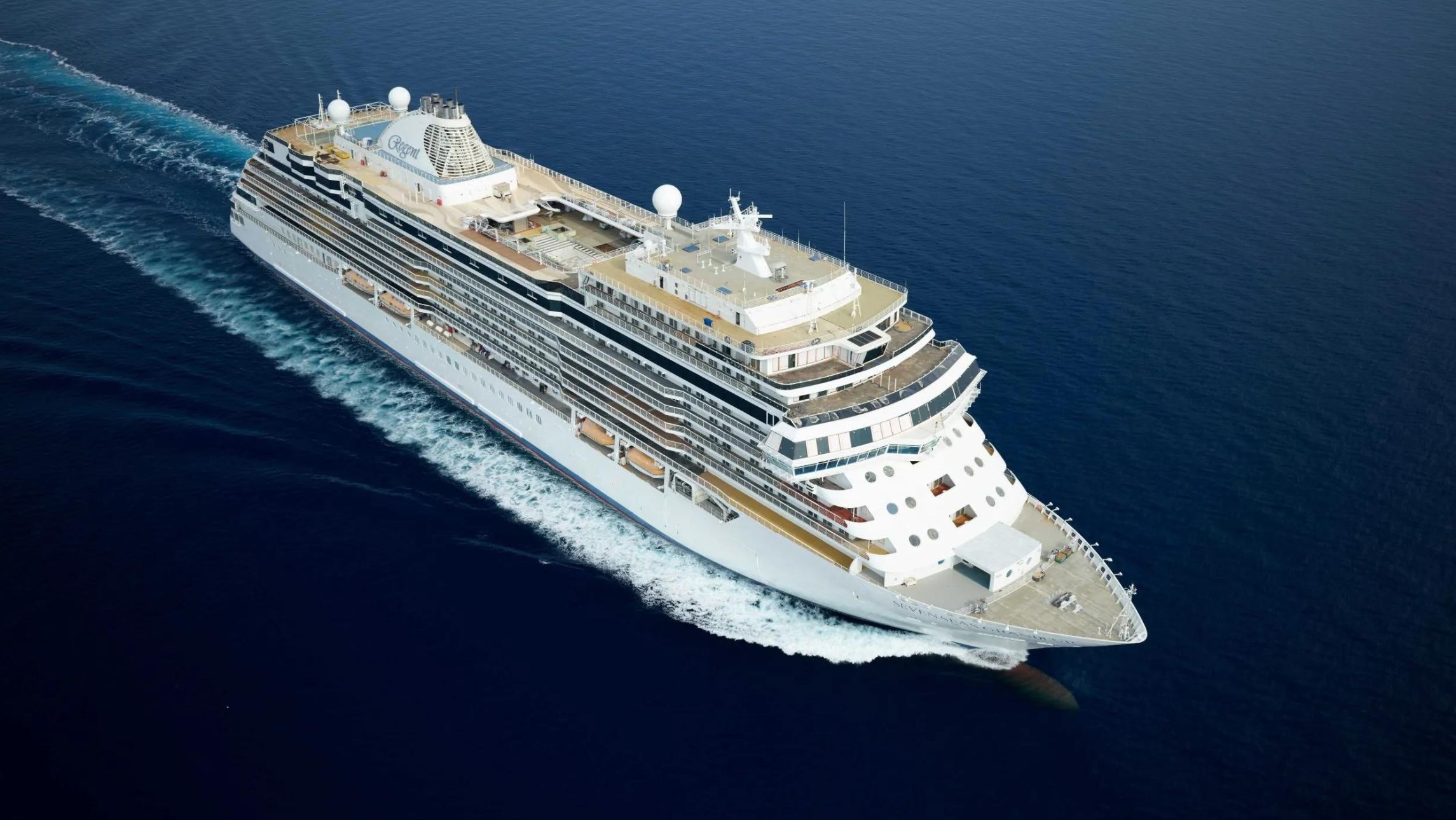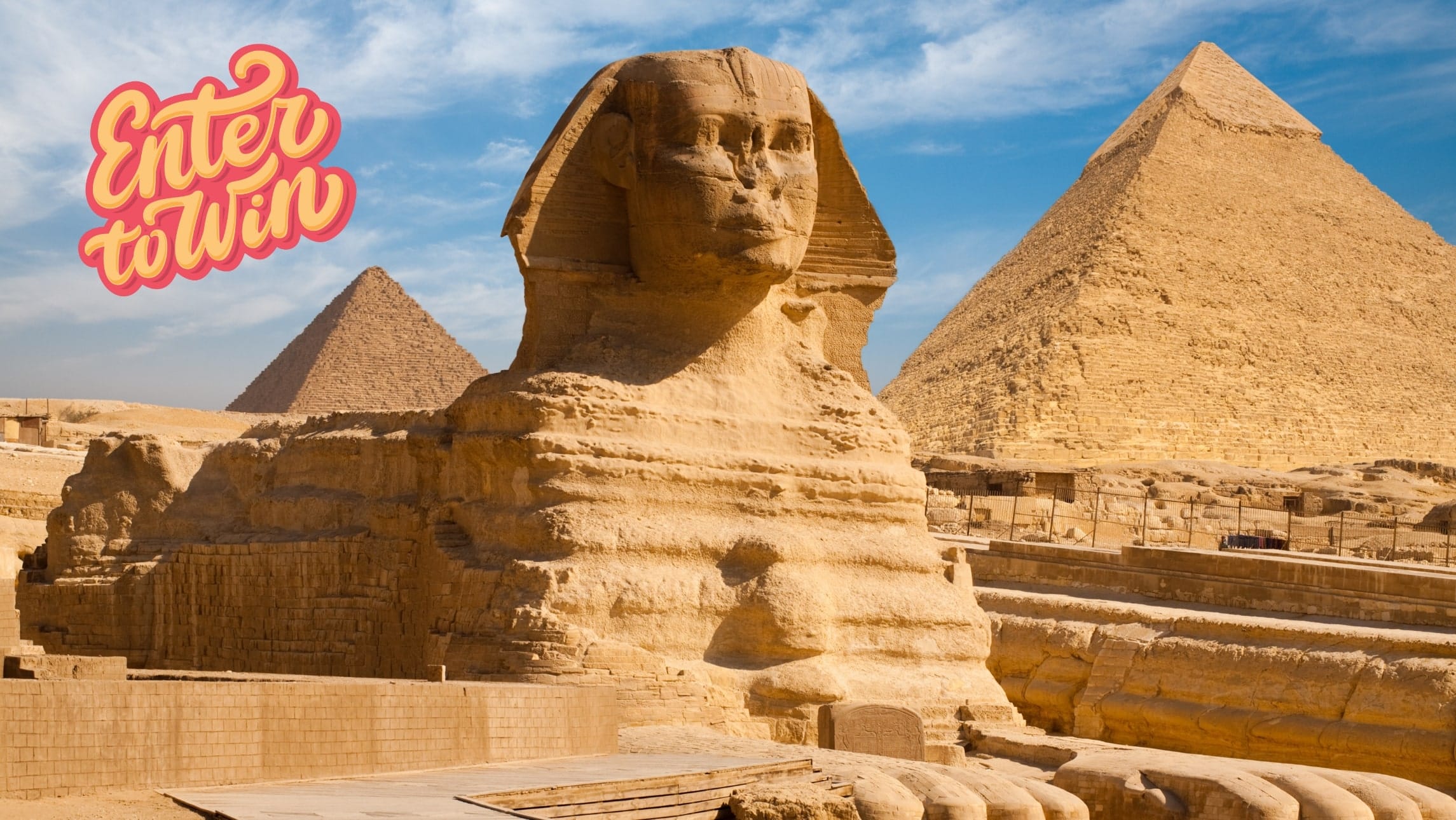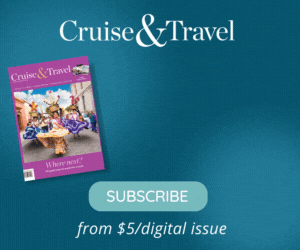Cosplaying as a scientist may be the new travel trend for the ultra-rich – but is it all just a glamorous gimmick? Science holidays are on the rise.
A dusty shoulder bone looms out of the chalky, Wyoming earth, seemingly just discovered. A scalpel lies next to it to indicate size: this is clearly an impressive, intact fossil. It’s part of a Diplodocus skeleton, which is currently being excavated at a secret spot in the Cowboy State. Amazingly, however, it’s not just palaeontologists that are uncovering it. Holidaymakers are getting in on the action, too.
These are guests of The Luminaire, a London-based “travel company for the deeply curious”. Indeed, inquisitiveness certainly helps on this sort of trip. As does a deep pocket – joining the dig costs about AU$53,000 per person. But then again, the guests are not exactly slumming it. Nights are spent in a “luxury tented camp”, and there’s champagne on ice waiting for the budding palaeontologists. Free time can be personalised, with stargazing sessions, luxury dining and helicopter rides all potential add-ons.
The new way of luxury travel
It’s part of a new wave of experiential travel for the one per cent. No longer satisfied by spa breaks and beach views, the ultra-rich are demanding travel opportunities that they can be competitive about at the golf club. And so the ability to step into the shoes and “cosplay” as something (or someone) impactful opens up a whole new way of travelling.
For instance, if you do deign to visit the Maldives again, you can pretend it’s for reef regeneration rather than the massage menu, as many resorts now have an on-site marine biologist offering day trips into the Indian Ocean. Luxury travel company Black Tomato runs personalised “field trips”, based on the punter’s preference for history, sustainability, earth sciences or the arts. Those booking with tailor-made operator Scott Dunn, recently acquired by Travel Associates, meanwhile, can take a guided trip through the backstreets of Tokyo to learn about photography with an expert.
That isn’t to say that these trips are there purely for the bragging rights. The Luminaire has twinned with Naturalis Biodiversity Center, a research institute in the Netherlands that specialises in life sciences. Geologists and palaeontologists from the institute have already begun the process of excavating the Jurassic remains in Wyoming – guests simply join them part-way through the dig, for three mornings of “active contribution”.
What do the experts say about science holidays?
Adam Sebba, the CEO of The Luminaire, insists that the company’s Wyoming trip does involve real research. In fact, he teases that a “preliminary discovery” has revealed something scientifically notable. “I don’t like using hyperbole, but I really think that the guests could be taking part in a scientific discovery that furthers mankind’s understanding of the dinosaurs.” That feels like a huge claim – recent advances in palaeontology have helped detail extinction events and evolutionary theory. Could a group of tourists make an equivalent discovery?
Sebba believes so. Professor Dr Anne Schulp, the palaeontologist running the dig, was part of a team that uncovered the world’s most intact T-rex skeleton in 2014. It certainly adds legitimacy to the endeavour. It’s a selling point, too.

“I believe that by partnering with Naturalis, we’ve created a travel brand that will rival National Geographic,” says Sebba. This is a bold statement; the latter has been running educational trips since 1999. They are not, exactly, a snip themselves, although it’s not quite the distinct-chunk-of-your-salary that The Luminaire is asking for. Take National Geographic Expeditions’ private trip to Monument Valley in the US: from a breezy US$5,495 (about AU$8,200) for a week away.
What Sebba doesn’t say, however, is that these science holidays are a somewhat drier affair. On The Luminaire’s trips, luxury is king. “Obviously there’s lots of leisure time: afternoons will be devoted to really personalised activities, whether that’s fly fishing, rappelling, hiking, wolf tracking or a range of other activities.” Not exactly lectures with a PhD student in an echoing back room, then.
He will admit, however, that The Luminaire is pitched at a slightly different audience. “I would say we’re more like Masterclass in real life than a university lecture,” he says, referencing the popular online education platform. Scrabbling around in the undergrowth for a long-lost beetle this is not. “We don’t see ourselves as a citizen science holiday project.”
Regardless of how unsexy “citizen science” might sound, it is essentially what the dinosaur dig is. The practice essentially takes a serious research project and adds members of the public, often to help with recording a large number of rather mundane results – monitoring water quality in a certain area, for instance, or the timing of plant life cycles. Sometimes, this is done at scale for the largest possible number of results. In other cases – like with The Luminaire – a small number of participants essentially pay to be involved.

Professor Abby Kinchy is an academic at Rensselaer Polytechnic Institute in the US who studies the impact of citizen science trips. She believes that they aren’t necessarily a negative force. “It creates opportunities for new kinds of scientific knowledge among the public,” she says. “But I do think we also have to be sure that people aren’t just using the idea of citizen science in a superficial or even gimmicky way.”
The impact of some trips, like cruises to Antarctica, strike an uneasy balance between scientific aims with environmental burden. “Could the trip itself be causing harm to the ecosystem or a society? Who stands to benefit from it?” she asks.
The answer isn’t always nefarious. Thirty per cent of The Luminaire’s takings from this trip go to Naturalis, at a time when funding for academic research is hard to find. Professor Kinchy says that the higher-priced trips, which appeal to “affluent, college-educated, privileged people” can be extremely beneficial to public institutions that would otherwise struggle to raise the cash. “It makes science photogenic, too, which can lead to a more positive public perception of scientific enterprise.” Camping in the remote wilderness of Wyoming is undoubtedly an impressive place to holiday, too.
Naturally, there’s a sense of rivalry between the educational tour operators. Biosphere Expeditions, which operates in Australia, sees itself as offering “genuine” citizen science. Executive Director Dr Matthias Hammer isn’t specific, but describes luxury companies as a “fig leaf”. “People come, look and go back to their champagne and luxury accommodation,” he says.
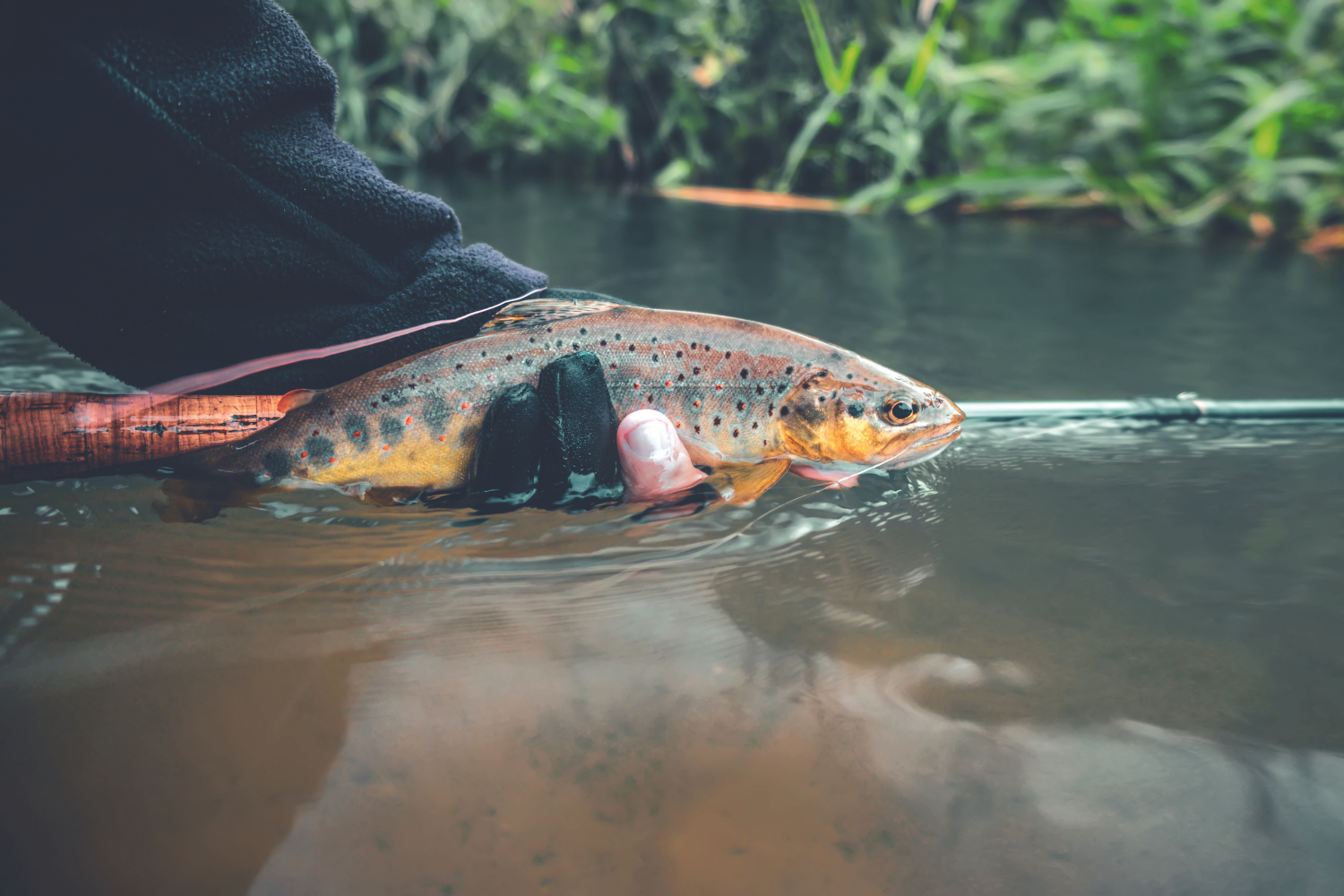
Sebba disagrees. “Guests will be doing everything from the most delicate brushing of the bones to putting them in the plaster jackets so they can be taken back. I gather they’re even going to be allowed to use the jackhammer for the rock clearing. You couldn’t get more hands-on than that.”
Perhaps, then, it’s inevitable that luxury science trips are suddenly the flavour of the moment. It allows the super-rich to feel “like miniature scientists”, and, with the notion of responsible tourism gaining traction even amongst the most ostentatious of travellers, the holidays hold a zeitgeisty appeal.
Sebba is keen to stress that the trip isn’t solely for the participants, either. “It makes research and projects that wouldn’t have been possible a reality,” he says. “And that benefits everyone.”
“If a skeleton is uncovered, and it gets dug up by a commercial organisation, it could be lost for humanity. This way, the fossils are preserved and placed in a public institution for posterity and learning.” There’s that, of course, and the cash injection can’t hurt either. But is it the holidaymakers making that discovery or are they merely there for the ride?


